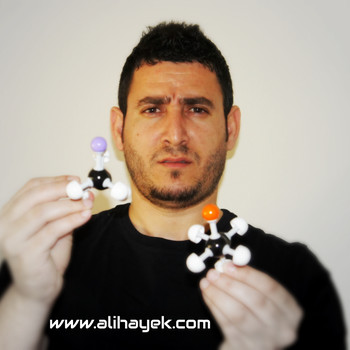Question #2bae1
1 Answer
Explanation:
For hydrogen peroxide (
For sodium perchlorate (
This is a redox reaction in acidic medium. The reaction is the following:
From the oxidation numbers, we can tell that the hydrogen peroxide is the oxidized agent and sodium perchlorate is the reduced agent.
We will first balance the equation using the half-equations method:
Oxidation:
Reduction:
Redox:
Now that we have balance the equation, we can find the molarity of hydrogen peroxide used:
Using the stoichiometric ratios, we can say:
Since
Thus,
Here is a video that explains the balancing of a Redox reaction in acidic medium:
Balancing Redox Reactions | Acidic Medium.
Here is another video that explains similar stoichiometric calculations:
AP Chemistry Investigation #8: Redox Titration of Hydrogen Peroxide.

